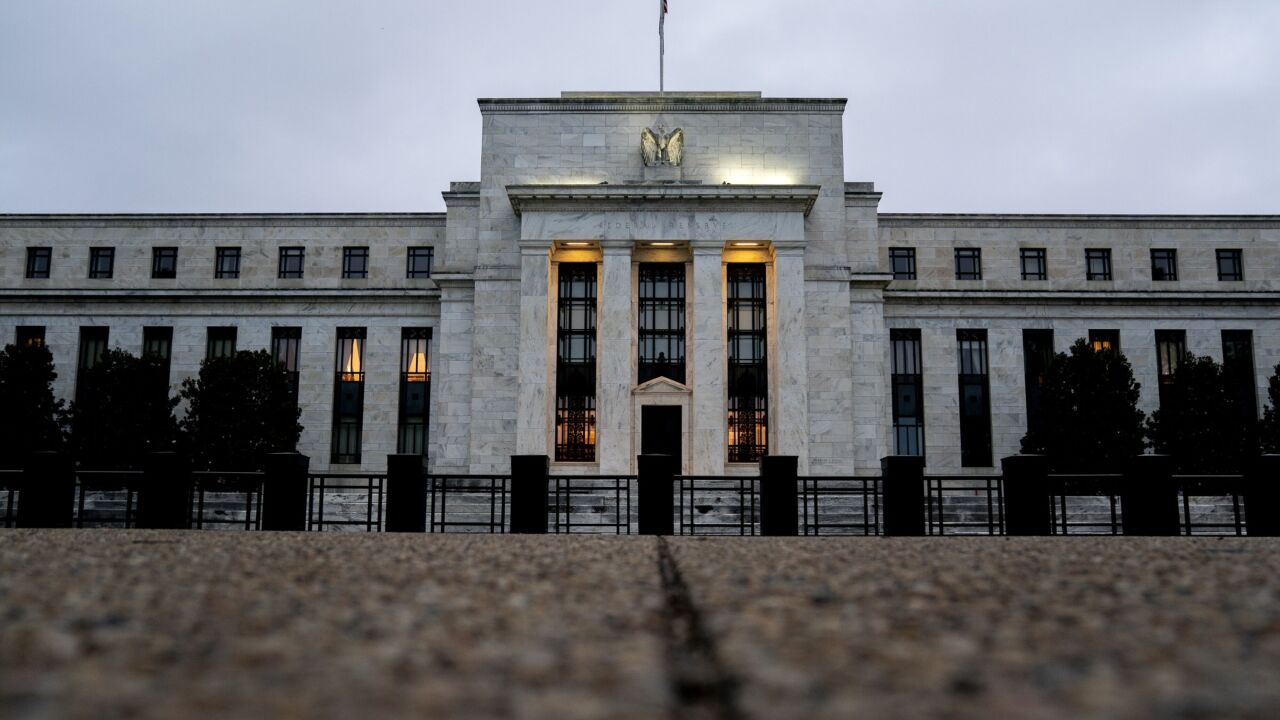To grow organically, financial institutions are branching out.
Location is critical, but often a prime spot has another building that looks nothing like a respectable bank branch. Since zoning approvals take time, many banks retain the building's original footprint.
How can a former Burger King or pizza parlor be transformed into a high-performance branch? It's all in the design.
Purchasing a building offers time and cost benefits. Real estate can be expensive and scarce, especially in urban and densely populated areas. It can take up to three years for a new branch to break even. Selecting the right site can accelerate the break-even point for a $1 million-$2 million branch to as little as 18 months.
My firm has worked with numerous clients to build brand consistency at a new site in a cost-effective and efficient manner, no matter what the building's former identity. Where the location is great but the opportunity for a new building is nil, use distinctive exterior elements - anything from a new roofline to extra-large windows and paint.
During its consumer banking expansion in the crowded Seattle market, Viking Community Bank found a great location in a former Burger King. Since Viking could not rebuild at the site without a lengthy approval process, it built up.
The design included an attention-getting, two-story glass tower, formerly part of the restaurant's sunroom eating area. Viking made the tower part of an edgy entryway with a large sign saying "The Viking Way" that was illuminated at night.
For Arizona Bank and Trust, wedge-shaped architectural elements were added to an oddly angled concrete building on East Camelback Street in Phoenix. The new, squared-off shape was consistent with other branches of the Heartland Financial USA unit. The wedges were constructed out of metal framing and plywood and coated with stucco, providing a cost-effective exterior update.
Exteriors often can be transformed with paint, stucco, or other materials. Even a standard color for window frames builds brand consistency throughout a network. Also consider cost-effective exterior changes such as landscaping or the updating of a drive-through with an island and canopy.
When a building is small and expansion isn't possible, a carefully planned traffic flow can create an engaging customer experience along the way to the rear transaction area.
For Flagstar Bank's entry into the booming Atlanta market, a 1,900-square-foot former pizzeria was transformed into a high-producing branch featuring areas where customers could interact with employees, gather brochures and other materials, pour themselves some coffee, view digital images, and otherwise enjoy the site. Light colors and natural light made the interior seem airy, despite the size limitations.
Interior glass dividers can separate functional areas and make space look larger. Some areas, such as teller lines and offices, can be curved to make the most out of available space.
Interior design also can create cost efficiencies. In the Viking Community example, rough ceiling trusses were skinned in maplewood and stained cherry, creating a refined but simple solution to what could have been an eyesore. In some cases, elevators and bathrooms need only a quick face-lift to conform to code - an approach that saves time and money.
When the existing structure does not fit the bank's brand identity, don't make do. Use design to create consistent branding. Consider these tips to get started:
- Conduct a cost analysis, including the schedule, construction costs, and zoning requirements, to determine whether to renovate or tear down the structure. Also consider if a renovation will produce the desired customer experience. With more substantial budgets, sometimes it's better to raze the building.
- Assess the building's structural integrity to determine if the existing infrastructure is viable.
- Using your business model, identify the desired customer experience. This will determine the interior design, including traffic flow, staff location, and merchandising.
- The addition of a small element, such as synthetic exterior stucco or paint, can be an economical way to brand a renovation. Consistent design elements can brand the network visually without creating clones.
- On the interior, use "signature" elements to create brand consistency. Even if the outside looks different because of regulations or size limitations, customers will recognize distinctive elements.
- Recognize that compromises must be made if the goal is to stay within a building's footprint. Keep existing windows. Think about building up rather than just out.
- Use glass, color, light, or other simple elements to transform a location cost-effectively and create branch visibility.
A renovation can save time and money. It can also be a smart branding choice. Strategic branch design can retain the bank's brand identity or business model. A brand-building makeover can deliver an environment that fits the needs of customers and employees and can be the faster path to branch profitability.





